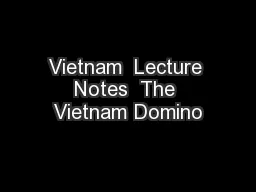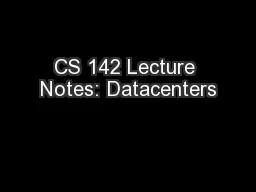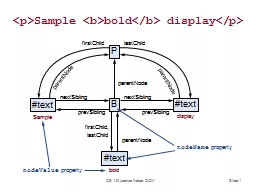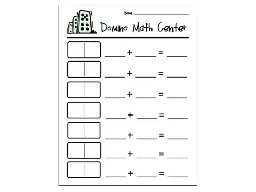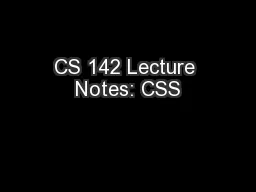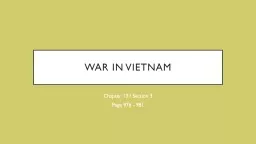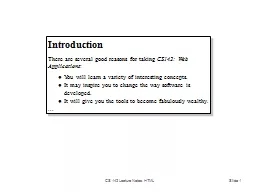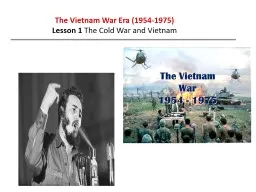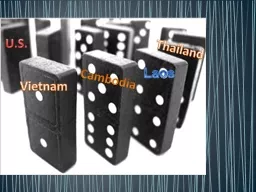PPT-Vietnam Lecture Notes The Vietnam Domino
Author : kittie-lecroy | Published Date : 2018-09-20
US replaced France as the supporter of South Vietnamese CIA installed Ngo Dinh Diem in South Vietnam Ho Chi Minh North Communist Catholic Diem alienated mostly
Presentation Embed Code
Download Presentation
Download Presentation The PPT/PDF document "Vietnam Lecture Notes The Vietnam Domi..." is the property of its rightful owner. Permission is granted to download and print the materials on this website for personal, non-commercial use only, and to display it on your personal computer provided you do not modify the materials and that you retain all copyright notices contained in the materials. By downloading content from our website, you accept the terms of this agreement.
Vietnam Lecture Notes The Vietnam Domino: Transcript
Download Rules Of Document
"Vietnam Lecture Notes The Vietnam Domino"The content belongs to its owner. You may download and print it for personal use, without modification, and keep all copyright notices. By downloading, you agree to these terms.
Related Documents

